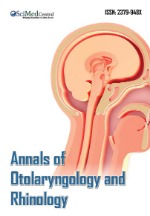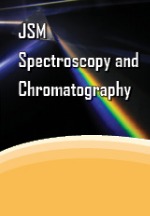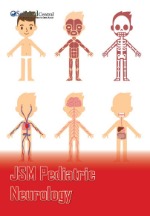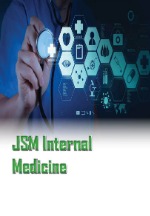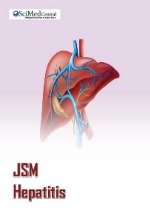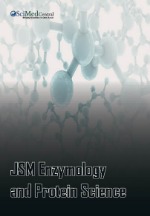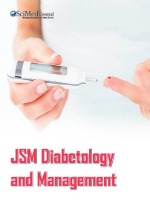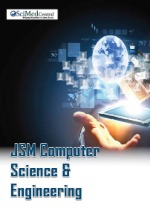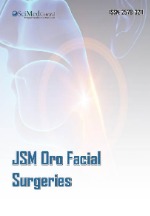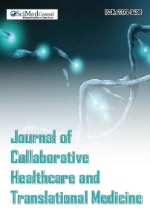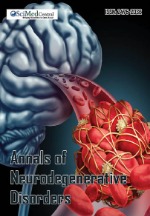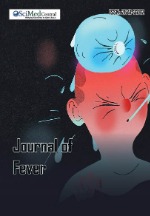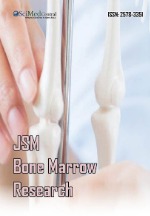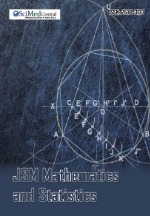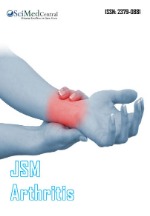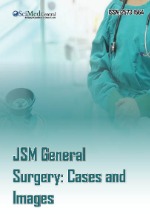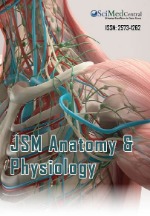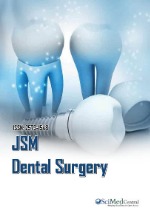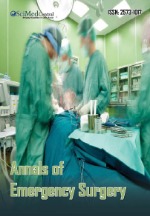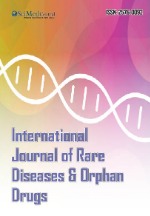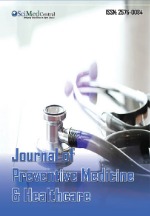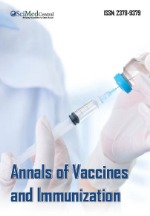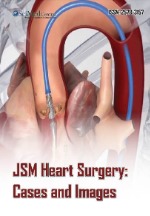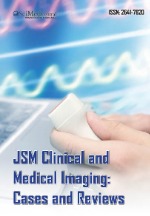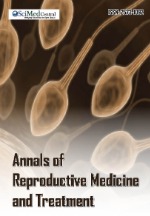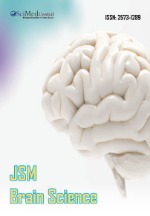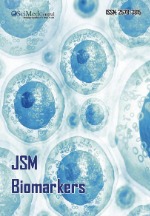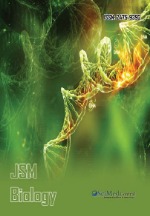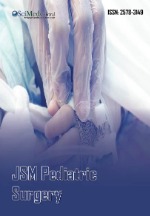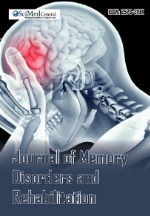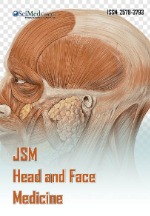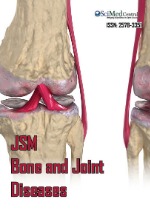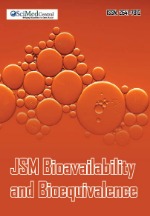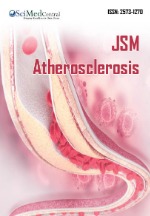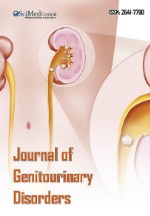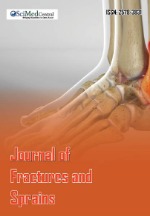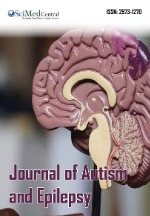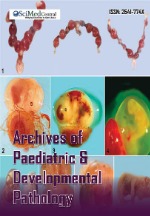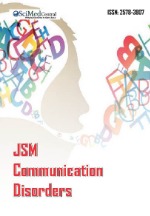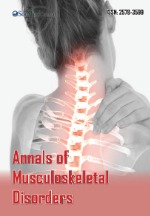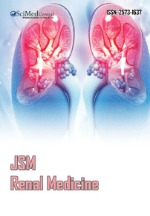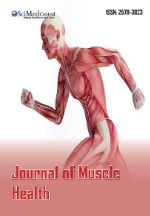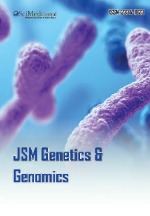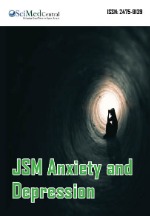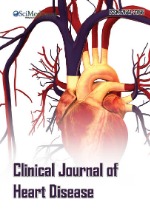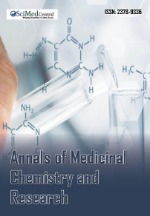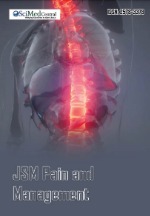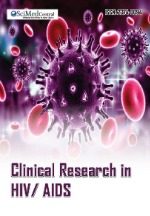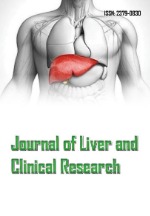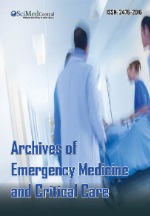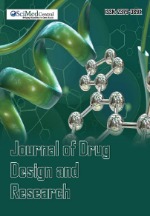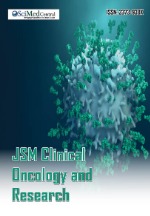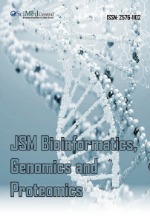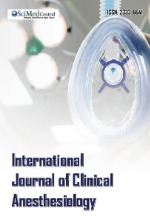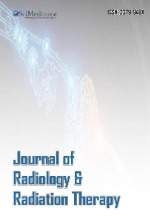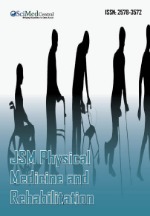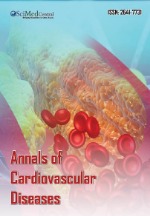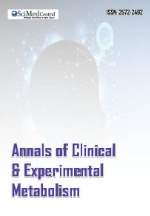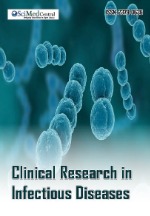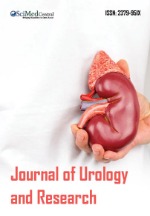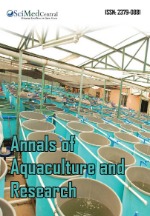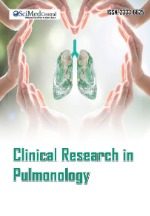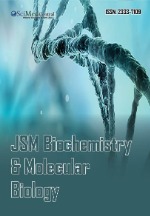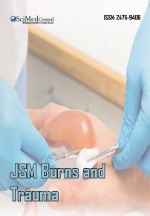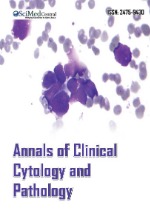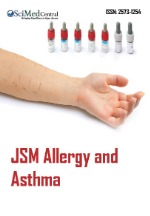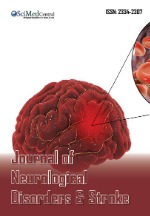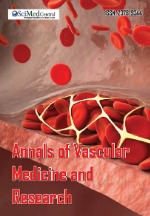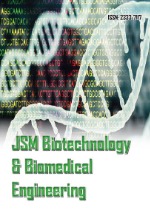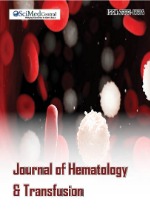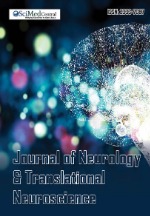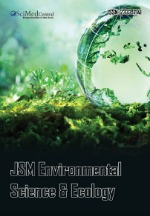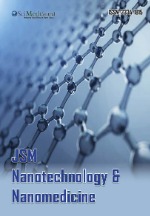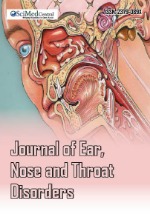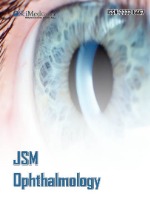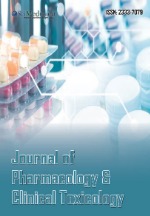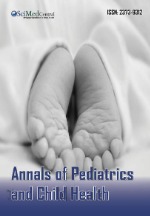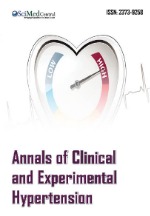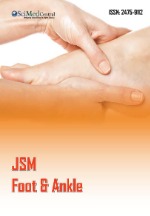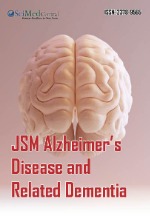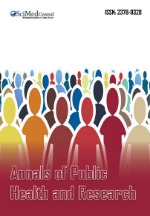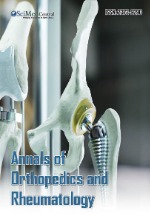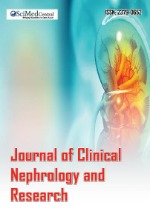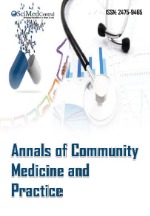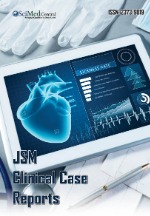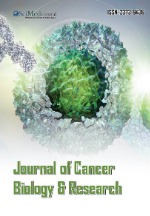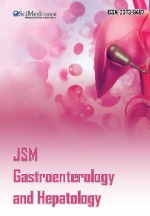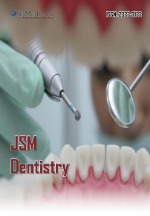Prevention is Better than Cure - Preventing Chemotherapy Induced Cardiomyopathy
- 1. Department of Internal Medicine, Division of Cardiovascular Medicine, Wake Forest University, Winston Salem, NC 27157, USA
- 2. Department of Internal Medicine, Division of Nephrology and Hypertension, Wake Forest University, Winston Salem, NC 27157, USA
Keywords
Chemotherapy, Cardiomyopathy, Prevention, Oncology
Citation
Qureshi W, Khalid F (2013) Prevention is Better than Cure – Preventing Chemotherapy Induced Cardiomyopathy. J Cardiol Clin Res 1: 1006.
INTRODUCTION
With aging population, cancer and cardiovascular disease are on the rise. Almost 1.6 million new cancer diagnoses and 0.6 million cancer deaths are projected to occur in United States in 2013 [1]. Almost a third (78 million) of US adults (≥20 years old) have one or more cardiovascular disease [2]. These figures translate into almost half a million patients with coexisting cancer and cardiovascular disease. Not only these patients face these chronic cardiovascular diseases but also the onslaught by the chemotherapy. It is known that pre-existing cardiovascular disease enhances the adverse effects of these chemotherapeutics and hence leads to development of cardiomyopathy [3]. Accurate epidemiological data is not available but retrospective data reports that almost 10 – 20 % of the patients treated with chemotherapy may develop cardiomyopathy. Some of the agents such as anthracyclines and fluorouracil have higher degree of cardiotoxicity (>20%) [4].
PRIMARY PREVENTION – SCREENING AND PHARMACOPROPHYLAXIS
Preventive strategies in these patients have not been well established yet and carry ominous potential. The development of preventive strategies begins with understanding of various contributing risk factors. In the last decade, multiple studies have focused on the evaluation of these risk factors. The group of chemotherapeutics most studied is anthracycline family and hence, our understanding of risk factors is mostly limited to this group of medications [5]. Identification of these risk factors leads to characterization of these risk factors into modifiable and non-modifiable risk factors. It also helps in developing a risk stratification scheme in order to manage these patients. Known non modifiable risk factors include age, gender, genomic analysis and ethnicity [6]. On the other hand, there are multiple modifiable risk factors such as hypertension, diabetes mellitus, hyperlipidemia, coronary artery disease, cardiomyopathy, type and dose of anthracycline [7]. These risk factors may be utilized for the purpose of primary prevention.
Some novel risk factors such as serum homocysteine levels, apolipoprotein a, C – reactive protein, coronary calcium score Some novel risk factors such as serum homocysteine levels, apolipoprotein a, C – reactive protein, coronary calcium score
A few studies have evaluated the role of medical therapy for preventing the development of chemotherapy induced cardiomyopathy. Beta blockers and angiotensin converting enzyme inhibitors (ACEi) were shown to prevent chemotherapy induced left ventricular dysfunction in patients with malignant hemopathies [8]. Angiotensin receptor blocker (valsartan) has also shown similar beneficial effects [9]. However, many of these patients are normotensive and these medications might lead to avoidance and unpleasant side effects in these patients. Dexrazoxane, an iron chelator, is also an attractive alternative and has shown moderate cardioprotective effects in patients treated with anthracyclines [10-14].
SECONDARY PREVENTION – EARLY DETECTION AND TREATMENT
Once the chemotherapy has started, the prevention enters the realm of secondary prevention. The use of biomarkers for early detection of cardiac damage has been suggested [15-18]. Troponin I and natriuretic peptides have been shown to predict short term outcomes such as development of cardiomyopathy [19].
Others have utilized cardiac imaging to evaluate subclinical disease in these patients. Using an imaging modality such as 2 D- and 3 – D echocardiography, strain echocardiography, [20,21] coronary artery calcium,[22]radionuclide imaging and magnetic resonance imaging [23,24] provides another method of characterizing high risk patients. It is still not known if imaging characteristics of these high risk patients may lead to improvement in outcomes of these patients.
Aggressive cardiac monitoring guidelines are now available for individual chemotherapies. Various professional societies have issued statements regarding the monitoring as well. For example, American Heart Association recommends close monitoring of cardiac function of these patients during the anthracycline therapy [25]. However, these guidelines do not specify the frequency or duration of this monitoring [25].
Once, the cardiomyopathy has developed the risk of death is directly proportional to the progression of cardiomyopathy. Many of these patients die as a result of progression of cancer while others die due to cardiomyopathy. Whatever the course nature takes, cardiomyopathy hastes the situation. Cardiomyopathy may occur either in the early (during or immediately following chemotherapy) or late (years after chemotherapy) period. The mechanisms underlying this process are not fully understood. These patients should be treated according the current congestive heart failure guidelines.
TERTIARY PREVENTION – DISABILITY LIMITATION AND REHABILITATION
The patients with cardiomyopathy are at higher risk of hospitalization and readmissions. These patients tend to spiral down very quickly and have very poor prognosis. Many of these patients are referred to hospice. However, considerable number of patients continues to get readmitted eventually dying during the hospitalization. These patients are already frail due the chemotherapy side effects and development of cardiomyopathy makes them further deconditioned. Aggressive rehabilitation efforts should be utilized while managing these patients. There are many avenues that still need work. Among them are development of; newer analogues with less cardiotoxicity, robust cardiac data safety monitoring, post marketing policy and procedures for reporting cardiac adverse events, better laboratory models to study chemotherapy related cardiotoxicity,and newer cardio-protective agents. Multidisciplinary approach towards managing a cancer patient is imperative with close collaboration of cardiologists and oncologists. It is also important to emphasize that many of these patients are treated as a part of clinical trials and should be evaluated for cardiovascular risk factors prior to enrollment into the trials. Cancer is now becoming a chronic disease and long term care of these patients is a newly emerging discipline in the field of oncology. Physicians will need to come at par with the challenges that await at the dawn of medical victory


